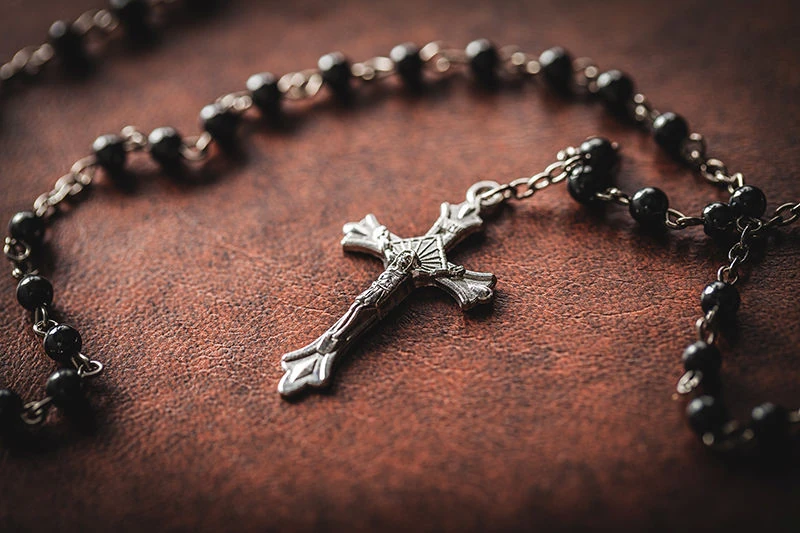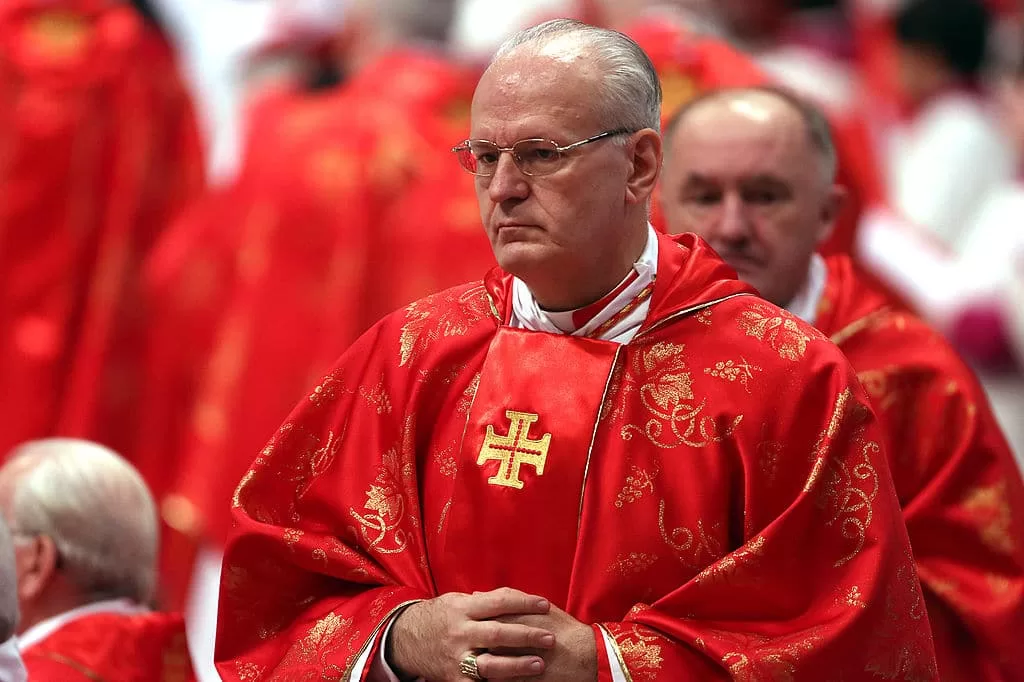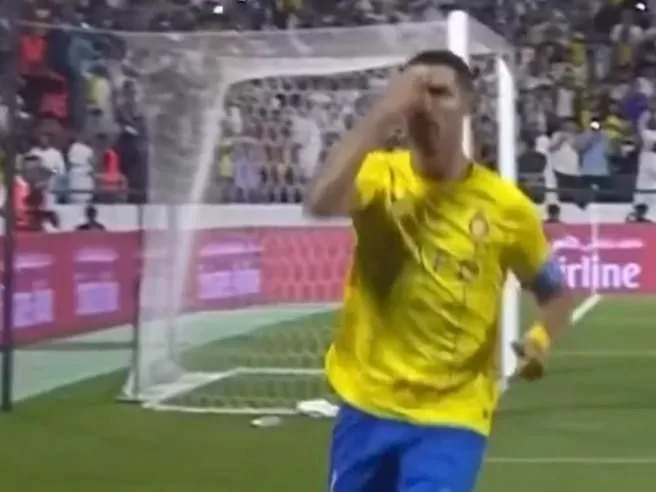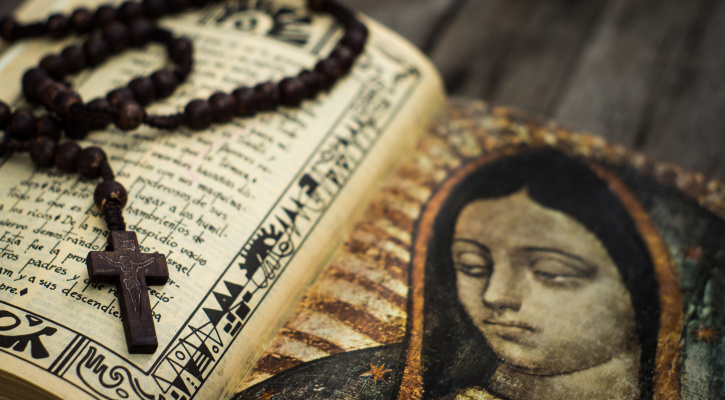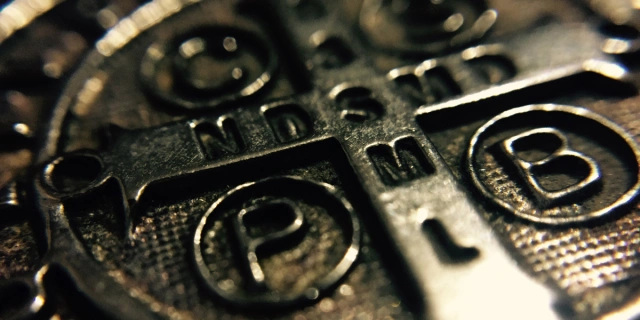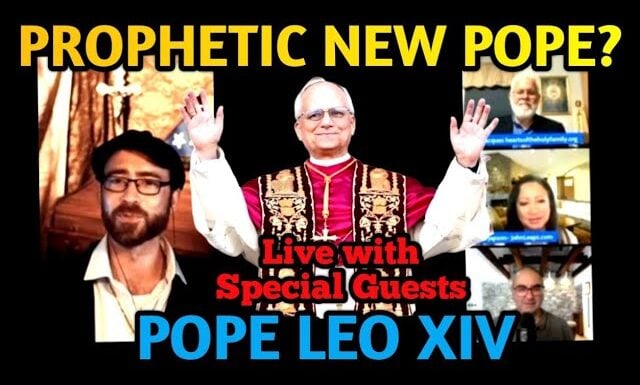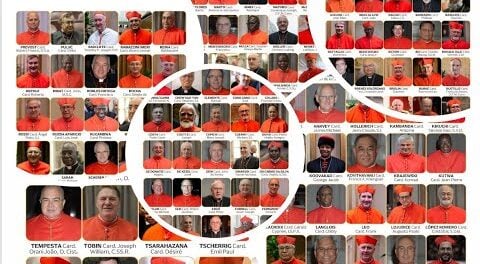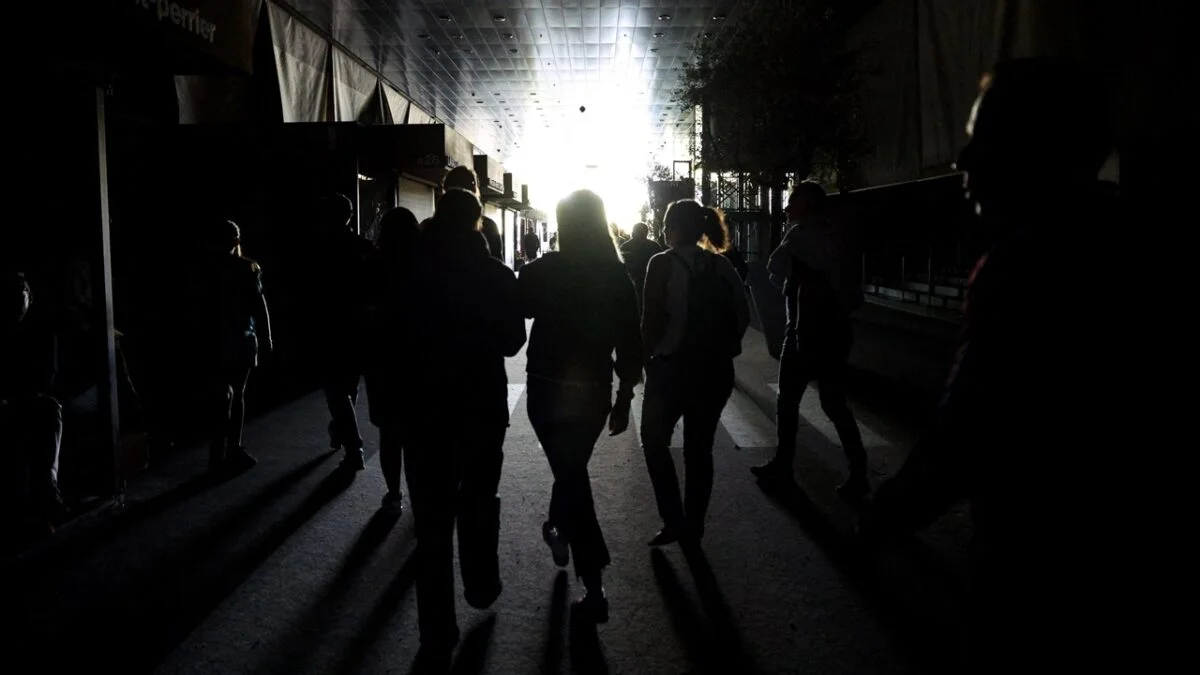
Tag: catholic blog
-
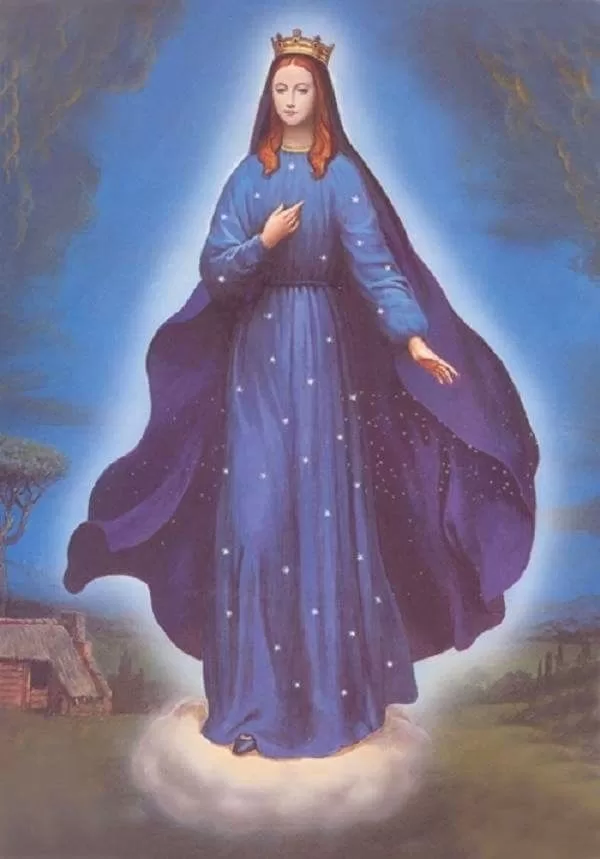
Prayer to Our Lady, Queen of Hope
Read More: Prayer to Our Lady, Queen of Hope‘O Mary, my Mother, I kneel before you with heavy heart. The burden of my sins oppresses me. The knowledge of my weakness discourages me. I am beset by fear and temptation of every sort. Yet I am so attached to the things of this world that instead of longing for Heaven I am filled…
-
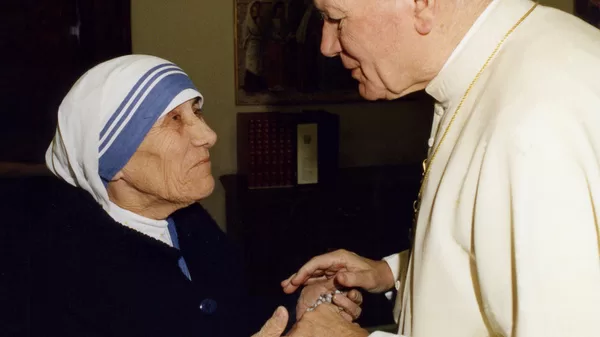
Pray with Pope John Paul II & Mother Teresa| The Five Glorious Mysteries of the Rosary| Audio
Read More: Pray with Pope John Paul II & Mother Teresa| The Five Glorious Mysteries of the Rosary| AudioPray The Five Glorious Mysteries of the Rosary in English with Pope John Paul II and Mother Teresa. https://www.youtube.com/watch?v=ga3CVsrtdh0
-

Reverence Revival
Read More: Reverence RevivalReverence Revival Where has Catholic reverence gone? Those born after 1970 may find this question puzzling. Do we not use holy water when we enter church? During Mass we sit, kneel, and stand when required. Everyone is very friendly to one another. It seems perfectly fine. For others from an earlier era, though, something is…
-
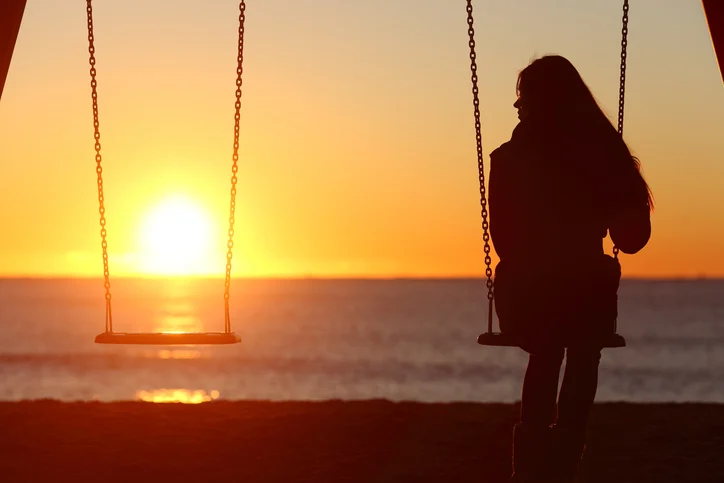
Use this prayer if you’re widowed and feeling lonely
Read More: Use this prayer if you’re widowed and feeling lonelyBy Aleteia Did Jesus not say, “Blessed are those who mourn, for they shall be comforted” (Mt 5:4)? This promise gives those who have lost a loved one the right to hope. They can hope for a new encounter with God, hope that Christ will come to live and fill their hearts, hope to live…
Search
Popular Posts
-
🙏 A New Chapter Begins: Supporting Pope Leo XIV with Prayer and Hope | W/ Daniel O’Connor
“Give the new pope a break and support him with your prayers.”–…
-
Possible Candidates for The Next Pope!
Some Candidates for the New Papacy Today we will share with you…
Categories
Archives
Tags
#Miracles (102) 2023 (4) 2024 (4) approved miracles (2) catholic (141) catholic blog (375) catholic meditations (7) catholic miracles (371) catholic motivation (2) catholic news (371) catholic prayers (4) CatholicSeers (359) catholic vlog (375) catholic websites (6) Eucharistic miracle (2) fr jim blount (3) GisellaCardia (11) hamas (3) imitation of christ (2) Israel (4) israel live (5) Israel news (9) jesus (3) jesus christ (4) Latest messages (11) lent 2023 (10) lent 2024 (4) lent homily (2) lent retreat (4) lent retreat 2023 (3) Lourdes (2) messages from god (6) MessagesFromHeaven (364) miracles of catholic church (2) mother and refuge (2) ourlady (325) OurLadyApparitions (22) our lady of lourdes (2) Pope (2) POPE francis (3) pope francis news (2) prayers (3) real miracles (356) sacred heart of jesus (2) The Miracles of Lourdes (2)


